Results
5 results found
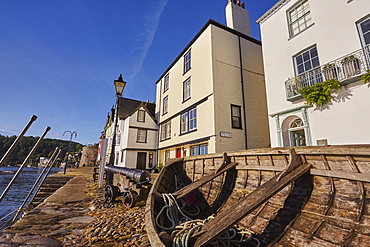
Bayards Cove, the oldest part of the historic harbour of Dartmouth, at the mouth of the River Dart, on Devon's south coast, Dartmouth, Devon, England, United Kingdom, Europe
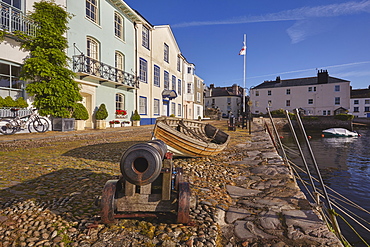
Bayards Cove, the oldest part of the historic harbour of Dartmouth, at the mouth of the River Dart, on Devon's south coast, Dartmouth, Devon, England, United Kingdom, Europe
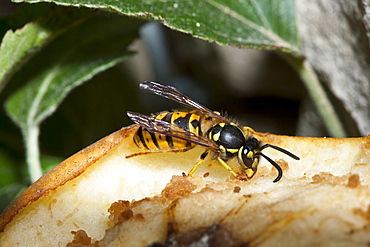
Common wasp yellow jacket, vespula vulgaris, feeding from eating apple on tree in English countryside, UK
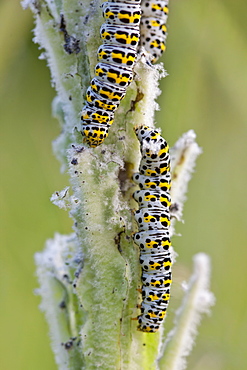
Mullein Shargacucullia verbasci moth caterpillars feeding on wild poppy plant in English country garden, UK
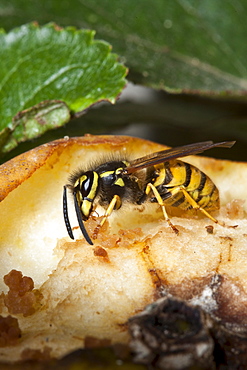
Common wasp yellow jacket, vespula vulgaris, feeding from eating apple on tree in English countryside, UK
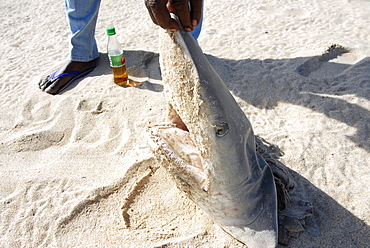
Hardest hit was a 650 kilometers stretch of the somali coastline between garacad (mudung region) and xaafuun (bari region), which forms part of the puntland province near the horn of africa. The tsunami resulted in the death of some 300 people and extensive destruction of shelters, houses and water sources as well as fishing gear. The livelihoods of many people residing in towns and small villages along the somali indian ocean coastline, particularly in the northern regions, were devastated., /shark fishing is main source of income for many of the somalis fishermen
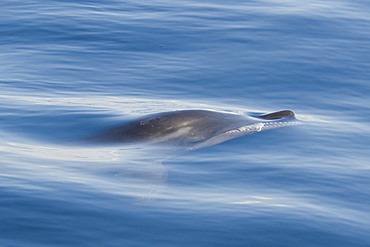
Rough-toothed Dolphin, Steno bredanensis, surfacing with part of a Dorado, Coryphaena hippurus, in itÃs mouth, Costa Rica, Pacific Ocean. This species of Dolphin is known to prey on large fish such as Dorado.

Blue whale (Balaenoptera musculus) lunge feeding at the surface. The whale is upside down to the visible part is the lower jaw upside down. Monterey Bay, California, USA

The sponging mouthparts consist of a fleshy, elbowed labium, at the distal end of which are large, sponge-like organs called the labella (singular, labellum). The labella is a complex structure consisting of many grooves, called pseudotrachea, which sops up liquids much like a sponge does.
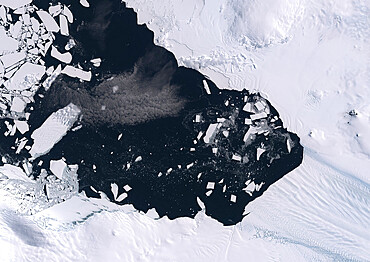
Color satellite image of breakup of ice pack at the mouth of the Pine Island Glacier in Antarctica. This glacier is one of the most studied in Antarctica, as part of climate change monitoring. Image collected on January 31, 2019 by Sentinel-2 satellites.


